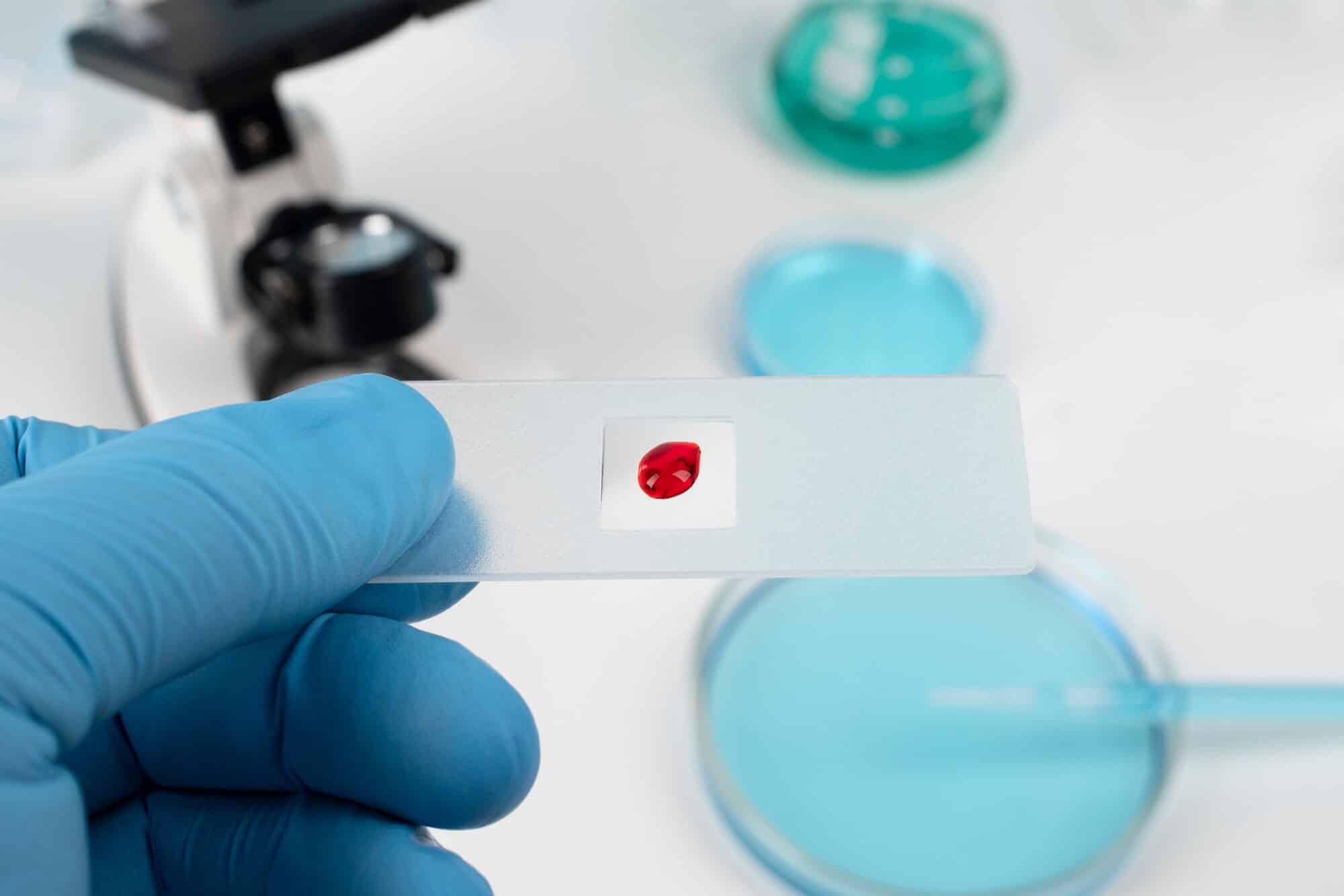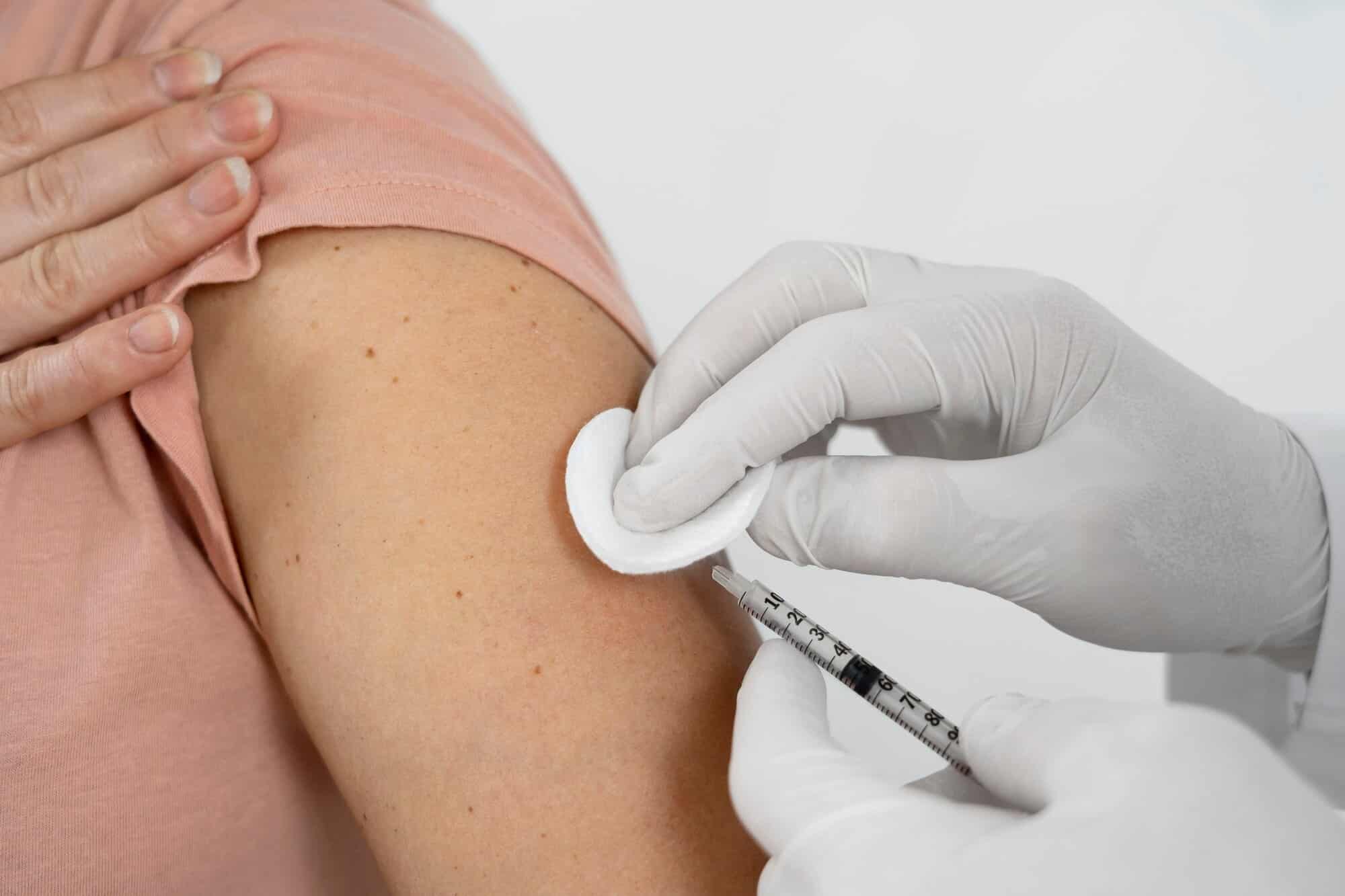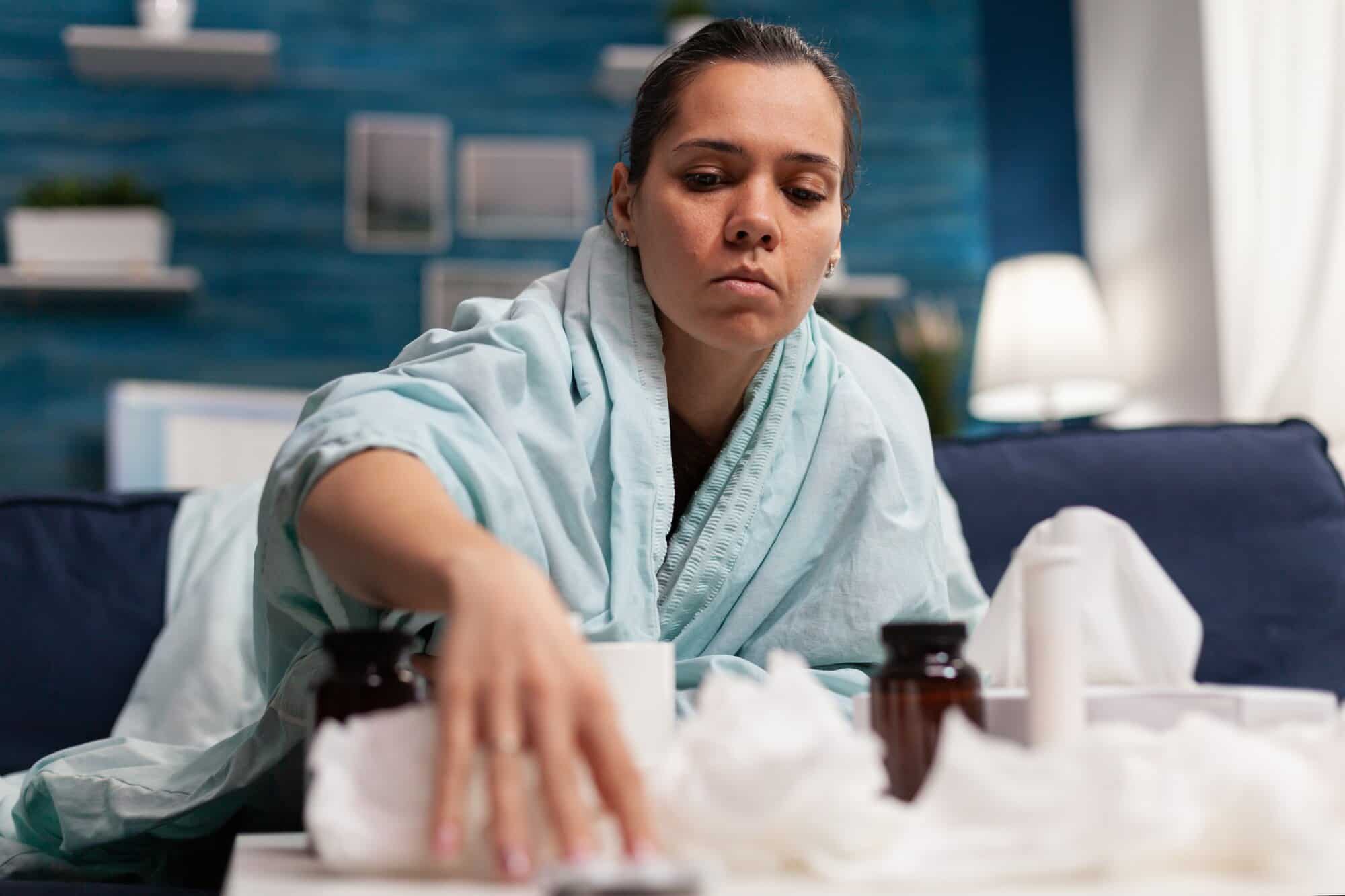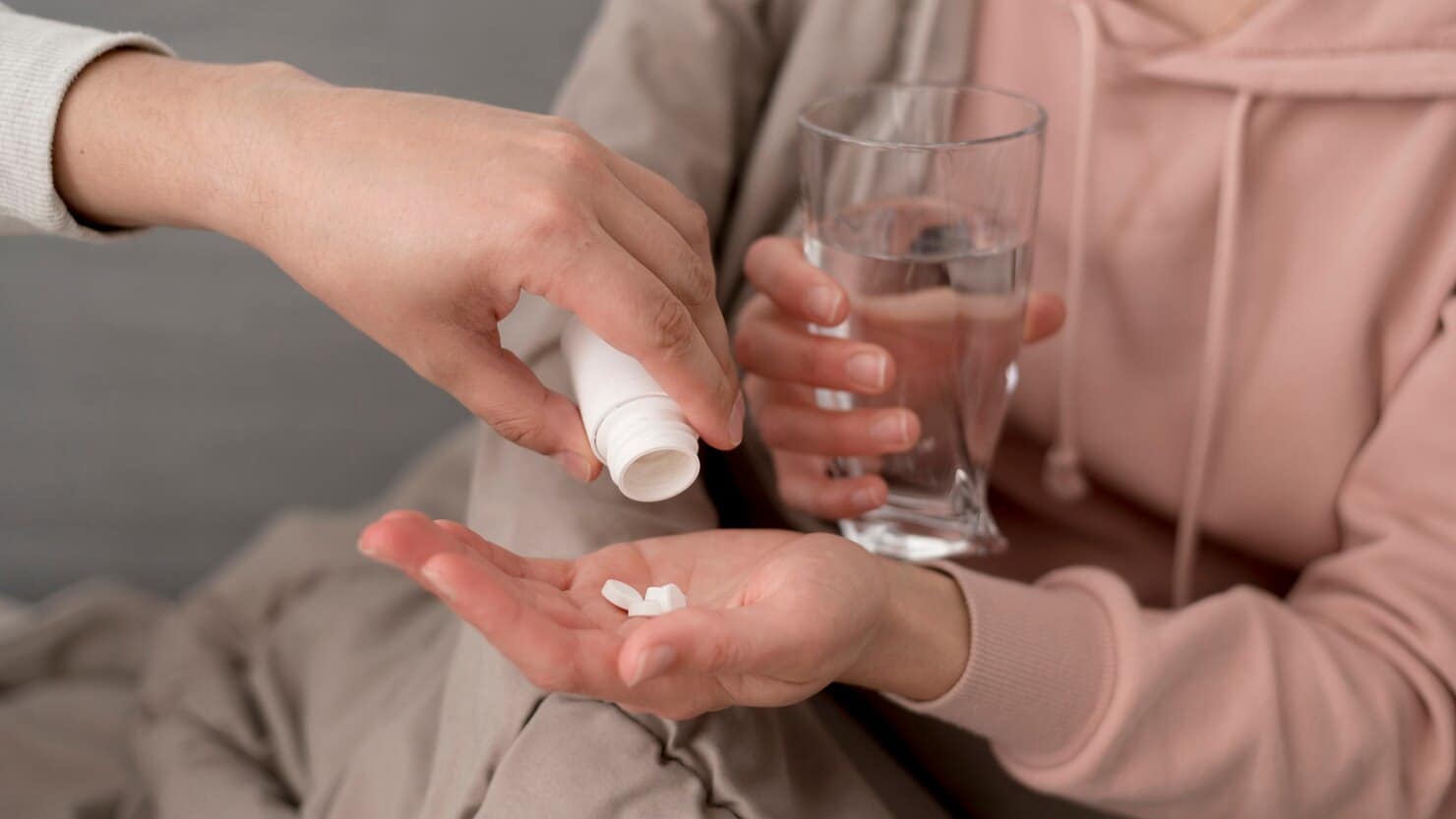
Chlamydia is often associated with sexual activity, but you may be curious to know whether it’s possible to contract this infection without engaging in sexual contact. So, how does chlamydia spread? Understanding how chlamydia is transmitted can help you protect yourself from infection.
This article breaks down the facts about how this infection spreads and clears up some common misunderstandings. It also outlines symptoms, preventive measures, testing, and diagnosis so you can make informed decisions about your sexual health.
What Is Chlamydia?
Chlamydia is an infection caused by the bacterium Chlamydia trachomatis. This infection is primarily transmitted through intimate contact, with the most common modes of transmission including unprotected vaginal, anal, and oral sex.
It can also be transmitted from an infected mother to her newborn during childbirth. This infection is usually asymptomatic, which means that many people do not realize they are infected and spread chlamydia unintentionally.
Early detection and treatment can cure the infection. However, if left untreated, chlamydia can become severe, causing various health complications, including pelvic inflammatory disease in women and infertility in both men and women.
Symptoms of Chlamydia
Symptoms of chlamydia may vary depending on the affected group. Here are some common warning signs of infection:
Symptoms in Newborns
Newborns can contract chlamydia during birth if their mother is infected. They may develop eye infections, causing swelling of the eyelid, redness, and yellow-green eye discharge. These symptoms may appear within the first few weeks after birth.
In some cases, infants may also develop pneumonia, which can cause fast breathing, difficulty breathing, fever, coughing, and increased drowsiness. If you notice these symptoms in your newborn, you should seek medical attention immediately to prevent them from getting worse.
Symptoms in Adults
Chlamydia symptoms in adults can include redness and irritation in the eyes, soreness in the throat, burning during urination, and abnormal discharge from the penis or vagina. In males, chlamydia may cause pain and swelling in the testicles. In females, the infection may cause bleeding after sex or between periods and pain in the lower abdomen.
Non-Sexual Ways Chlamydia Can Spread
It is possible for chlamydia to spread via non-sexual means, though these cases are less common. Here are some of the ways chlamydia can be transmitted without sexual contact:
Perinatal Transmission
One of the most common non-sexual ways chlamydia spreads is from an infected mother to her newborn during childbirth. As the infant passes through the birth canal, they come into contact with the bacterium. The infection is primarily transmitted through vaginal birth, but there is still a small risk of transmission even if you have a c-section.
Inadequate Sterilization of Medical Instruments
Chlamydia transmission through the use of contaminated medical instruments is extremely rare but not impossible. However, since modern medical practices involve thorough sterilization of medical instruments, the likelihood of contracting chlamydia in this way is extremely low.
Use of Contaminated Personal Items
Sharing personal items like towels, underwear, and sex toys with an infected person may result in infection. That being said, the bacterium that causes chlamydia cannot survive for very long outside the body. This means that infection could only occur if you use the contaminated items soon after the infected person.
How Long Can Chlamydia Bacteria Survive Outside the Body?
Chlamydia bacteria are very sensitive and require a specific environment to survive. These microorganisms thrive in warm, moist environments. Once they are outside the body, they will die within a few hours or less, depending on the ambient temperature and humidity.
For the infection to spread, the bacteria would have to come into contact with a person’s mucous membrane fairly soon after being deposited on a surface or object. Therefore, the chances of transmission through contaminated surfaces or items are extremely low.
How to Prevent Non-Sexual Transmission
Even if you are not sexually active, there are some precautions you can take to protect yourself from a chlamydia infection:
- Practice proper hygiene: Maintaining good personal hygiene is an effective way to stop the transmission of bacteria. Wash your hands frequently and thoroughly whenever you come into contact with potentially contaminated surfaces or objects. Also, avoid sharing personal items such as towels, sex toys, and underwear that may carry chlamydia.
- Only use reputable healthcare providers: Make sure to get healthcare services from reliable providers that sanitize their medical instruments.
- Get tested for STIs if you are pregnant: To prevent perinatal transmission of chlamydia, pregnant women should get tested during their first and third trimesters. If an infection is detected, proper treatment can significantly reduce the risk of passing it on to the child.
Testing and Diagnosis
Getting tested for chlamydia is essential if you think you have been exposed. Since the infection is usually asymptomatic, testing is important to prevent undetected progression and severe health issues. To detect the presence of chlamydia, healthcare professionals may recommend the following tests:
- Urine test: This is a simple, non-invasive option where a urine sample is collected in a small container and tested for chlamydia in a lab.
- Swab test: This involves collecting swab samples for testing from the eye, throat, cervix, vagina, or anus, depending on the area that is infected.
Get Treated for Chlamydia at Equality Health
Chlamydia is an easily treatable infection. With early treatment and preventive measures, you can protect yourself from complications and re-infection.
At Equality Health, we offer discreet testing and effective treatment for chlamydia. Our team takes pride in creating a safe space where you can take control of your sexual health.
Contact us today to schedule an appointment.




